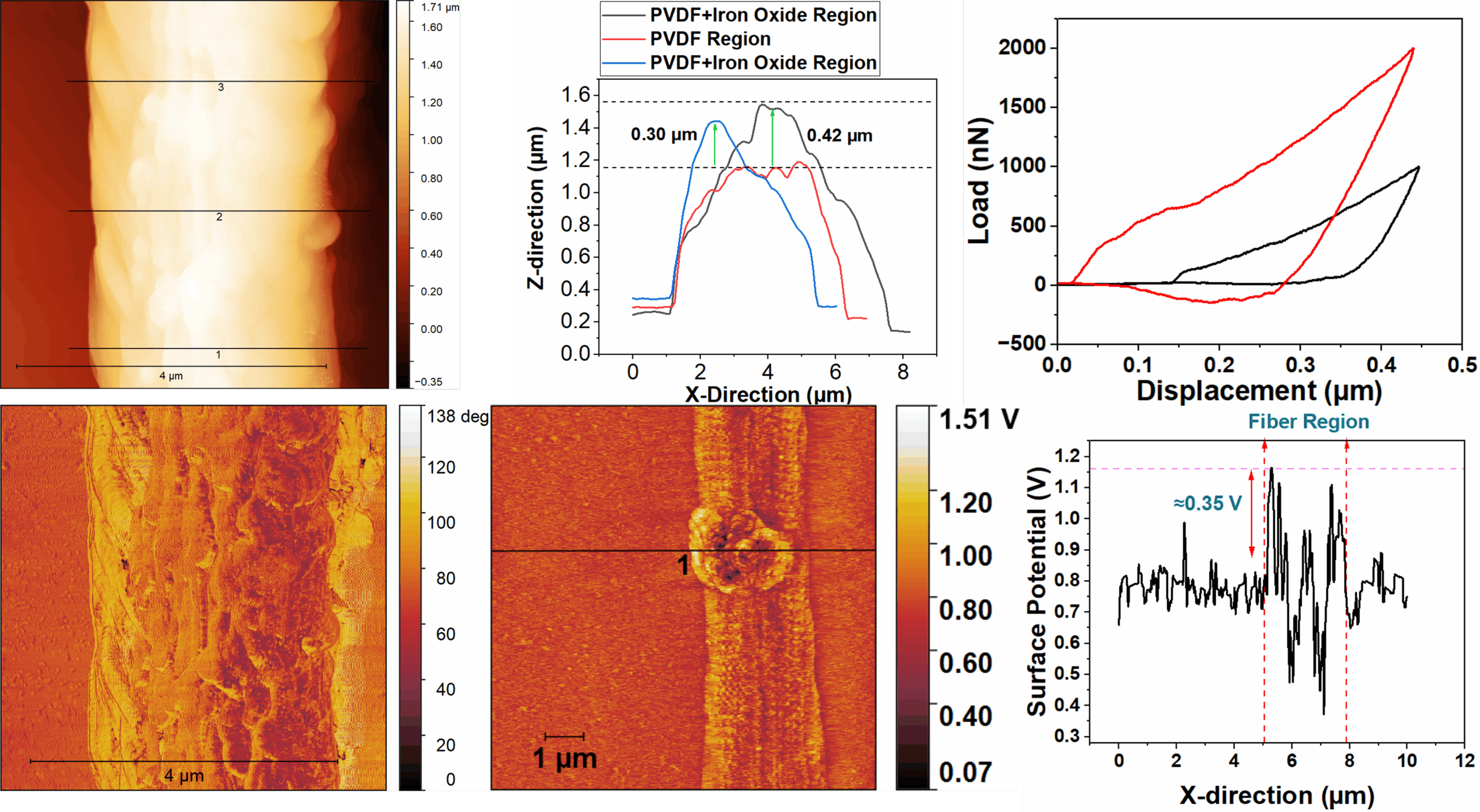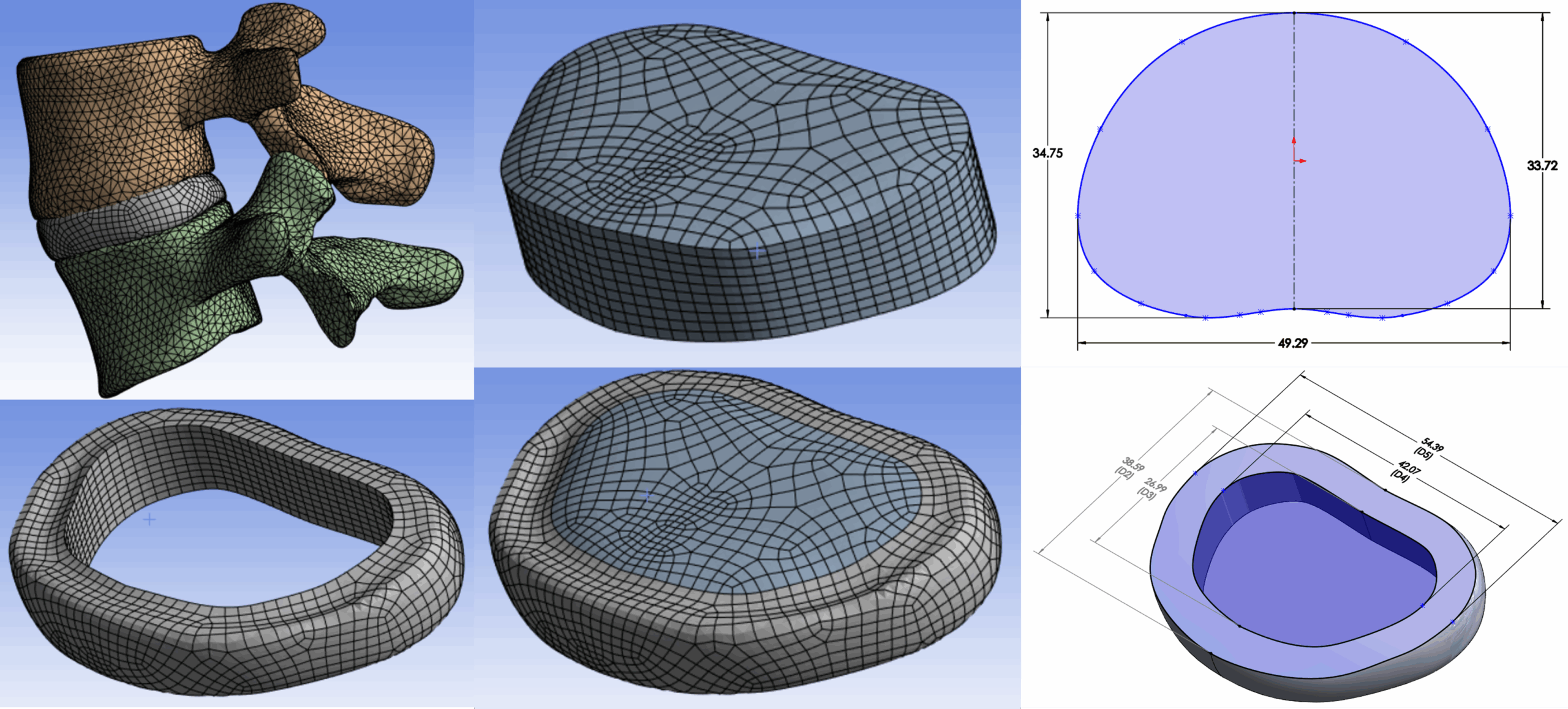Active Project (advanced nano-manufacturing and designing multifunctional polymer composites (e.g., foams, hydrogels, thin films, nanofibers, yarns) reinforced with 0D, 1D, and 2D materials (e.g., QDs, BNNT, GNP, rGO, TiO2))

Active Project (synthesis, mechanical characterization, simulation of bioscaffolds, including the development of integrated cardiac myocardium constructs, engineered intervertebral discs, artificial anterior cruciate ligaments, and robotic hands)
This project focuses on the development of biomimetic intervertebral disc (IVD) replacements that replicate the structural, mechanical, and functional properties of native discs. By integrating advanced fabrication techniques with biocompatible polymers and nanocomposites, we aim to engineer disc scaffolds capable of restoring load-bearing capacity, flexibility, and shock absorption in degenerated spinal segments. Finite element modeling and mechanical testing will be used to optimize design parameters and validate performance. The project ultimately seeks to advance clinically translatable solutions for treating chronic low back pain caused by disc degeneration.

